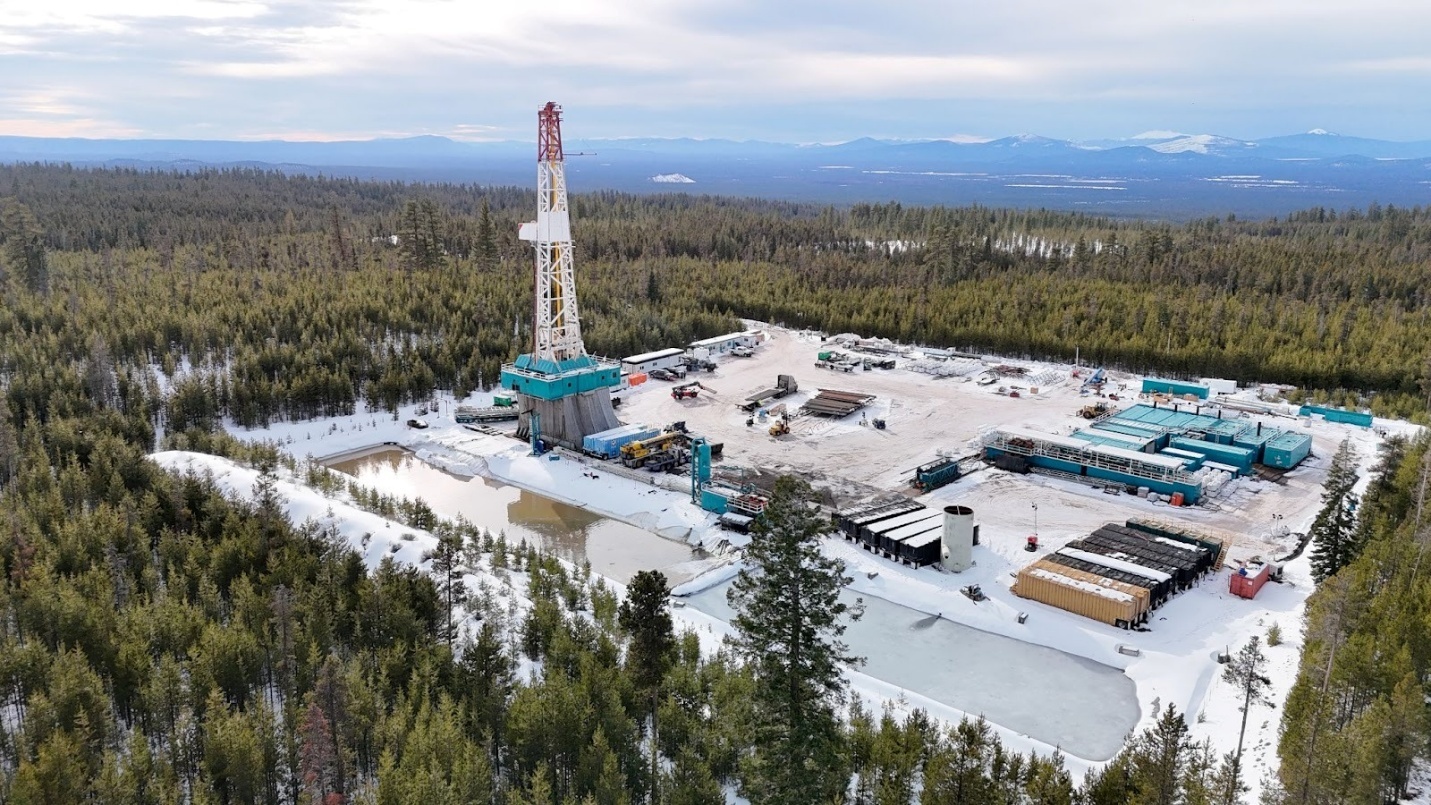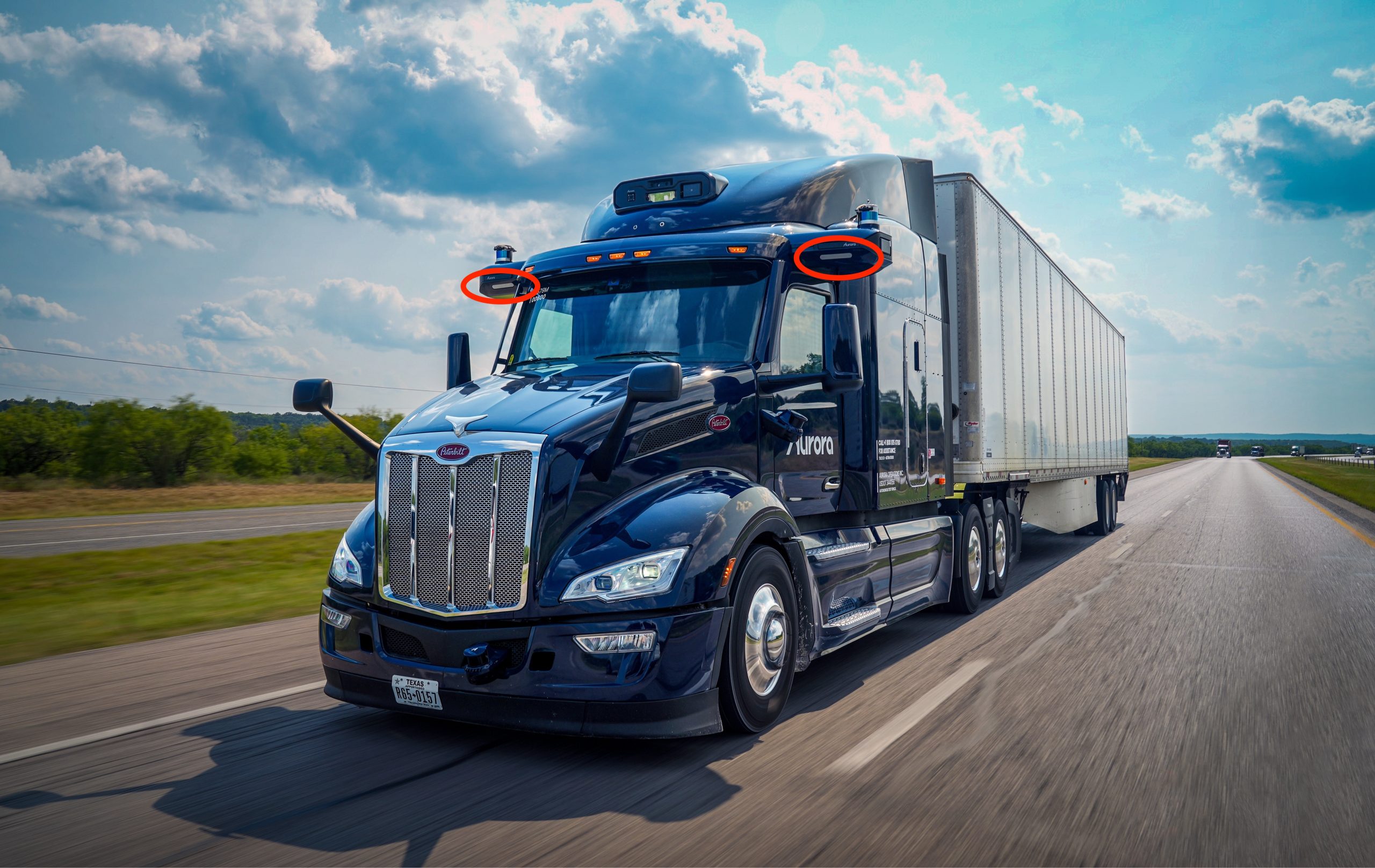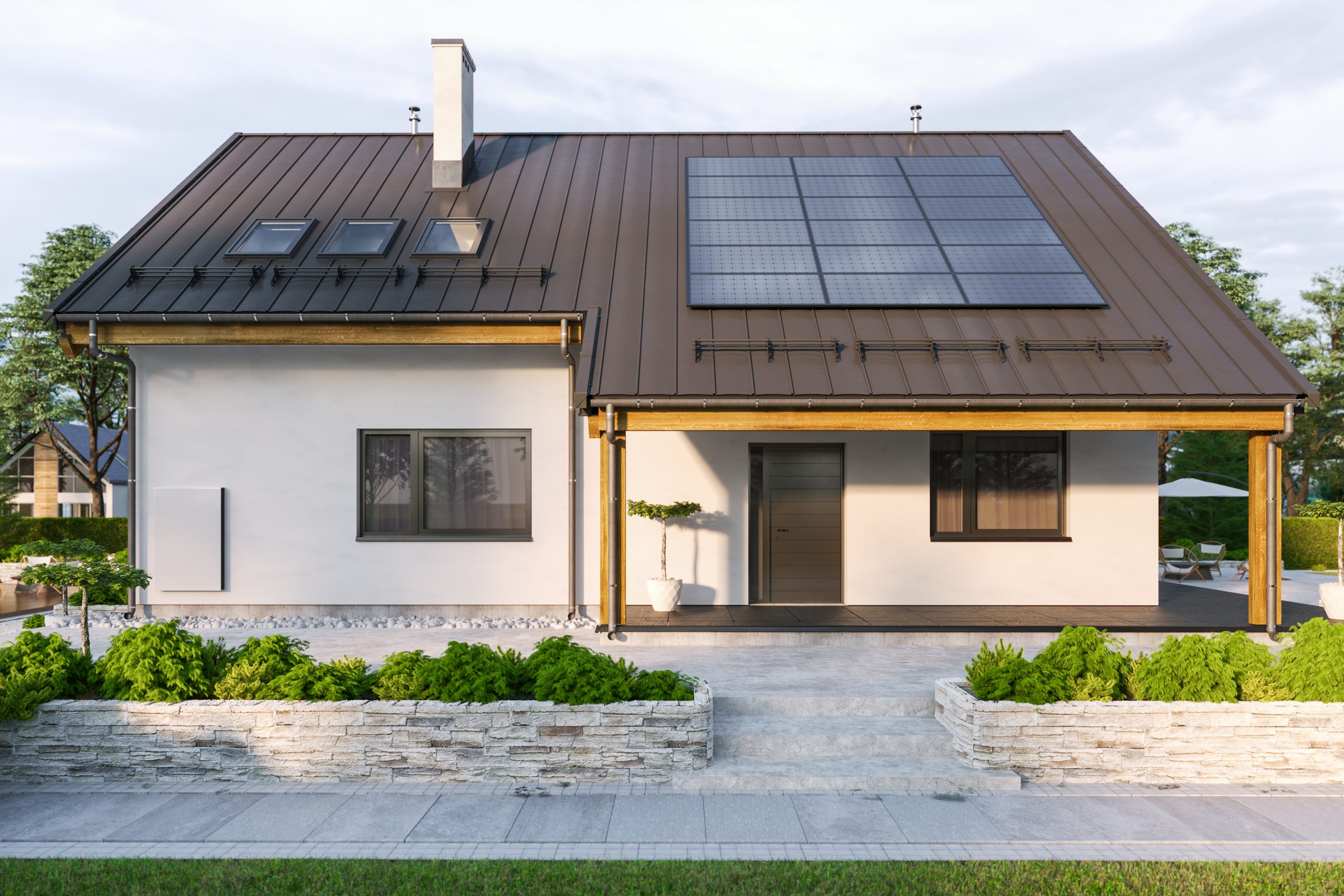
A pioneering achievement in renewable energy has been unveiled, as Mazama Energy, a startup backed by venture capitalist Vinod Khosla, announced the successful drilling of what is now considered the world’s hottest geothermal well. This significant milestone, reached in Oregon, registered an astounding temperature of 629°F (331°C) at the bottom of the borehole, signaling a potential paradigm shift in the pursuit of always-on clean energy. The revelation, shared by Khosla during a recent industry conference, underscores a growing urgency to harness the Earth’s immense internal heat as global energy demands intensify.
The Urgent Need for Baseload Renewables
The global energy landscape is undergoing a dramatic transformation, driven by a confluence of factors including the rapid proliferation of data centers, the accelerating adoption of electric vehicles (EVs), and the broader imperative to decarbonize power grids. These developments place unprecedented strain on existing infrastructure, highlighting a critical need for reliable, continuous sources of clean electricity. While solar and wind power have seen remarkable growth and cost reductions, their inherent intermittency — relying on sunshine and breezes — necessitates robust storage solutions or complementary baseload power generation to ensure grid stability. This is precisely where enhanced geothermal systems (EGS) are emerging as a compelling solution. Unlike solar panels that cease production at night or wind turbines that stand still on calm days, geothermal plants can operate around the clock, drawing consistent heat from the Earth’s core.
A Brief History of Geothermal Energy Development
The concept of harnessing geothermal energy is far from new. The first commercial geothermal power plant was established in Larderello, Italy, in 1904, utilizing natural steam vents to generate electricity. In the United States, the Geysers geothermal field in California, discovered in 1924 and operational since 1960, remains the largest complex of geothermal power plants in the world. Early geothermal development primarily focused on conventional hydrothermal systems, which rely on naturally occurring underground reservoirs of hot water and steam that are relatively close to the surface. These sites are geographically limited, typically found in tectonically active regions where the Earth’s crust is thinner, allowing heat to escape more readily.
However, the vast majority of the Earth’s geothermal energy lies locked within hot dry rock, far from natural water pathways. This realization spurred the development of Enhanced Geothermal Systems (EGS) in the 1970s. EGS technology aims to replicate the conditions of natural hydrothermal systems by drilling deep wells into hot rock, injecting water under pressure to create or enlarge fracture networks, and then circulating this water to absorb heat before bringing it back to the surface to generate electricity. This engineering innovation expands the potential for geothermal power generation to virtually any location with suitable deep rock formations, making it a truly global resource. Decades of research, often supported by governmental bodies like the U.S. Department of Energy, have steadily pushed the boundaries of EGS, focusing on drilling techniques, reservoir engineering, and materials science to withstand extreme temperatures and pressures.
Mazama Energy’s Groundbreaking Achievement
Mazama Energy’s recent accomplishment represents a significant leap forward in this ongoing quest. By reaching 629°F (331°C) at the bottom of its Oregon well, the company has tapped into a resource considerably hotter than what is typically accessed by conventional geothermal systems. This extreme heat is crucial because the energy output from a geothermal well increases dramatically with temperature. Vinod Khosla, whose firm Khosla Ventures played a pivotal role in incubating Mazama Energy, emphasized the immense scale of this potential. He suggested that a single site, leveraging this "super-hot geothermal" technology, could eventually yield as much as 5 gigawatts of energy. Expanding on this ambitious vision, Khosla projected a broader capacity of 100 gigawatts or more from such resources, a figure he noted could surpass the near-term energy demands projected for artificial intelligence infrastructure alone.
The company’s strategic objective involves drilling into even hotter rock, targeting temperatures up to 750°F (400°C). At these elevated temperatures, Mazama aims to generate at least 25 megawatts of electricity from a single borehole. This output would represent a substantial improvement, potentially two to three times more power per borehole than what current enhanced geothermal competitors are achieving. Such an increase in efficiency per well significantly reduces the surface footprint and the number of wells required for a given power output, enhancing economic viability and environmental appeal.
Meeting Modern Energy Demands: The Role of EGS
The appeal of EGS, particularly for industries with high and constant power requirements, is undeniable. Data centers, the digital backbone of our interconnected world, consume enormous amounts of electricity and require uninterrupted power to prevent costly outages and data loss. Major technology companies, including Google, have already recognized the value of geothermal power, signing agreements to utilize it for their data center operations. The ability of EGS to deliver baseload, 24/7 carbon-free electricity makes it an ideal partner for these energy-intensive facilities.
Beyond specific industrial applications, EGS holds immense potential for national energy security and decarbonization. The U.S. Geological Survey (USGS) has estimated that wells drilled within the Great Basin region, primarily centered on Nevada, could theoretically supply 10% of the United States’ current electricity demand through enhanced geothermal systems. This highlights the vast, untapped resource beneath our feet. Furthermore, the shift towards hotter, deeper rocks, as pursued by Mazama, promises not only greater power output but also more resource-efficient operations. The company anticipates that its super-hot geothermal systems could use up to 75% less water compared to some current geothermal systems, a critical advantage in water-stressed regions.
Economic and Environmental Implications
The economic implications of widely adopting super-hot EGS are profound. Khosla pointed out that at temperatures around 450°C (842°F), the power output per well could be ten times higher than at 200°C (392°F). This exponential increase in efficiency translates directly into dramatically lower costs, making geothermal power potentially cost-competitive with natural gas, crucially without the associated carbon emissions. This cost competitiveness, coupled with environmental benefits, could drive significant investment and job creation in engineering, drilling, and plant operations, particularly in rural areas that often host these energy projects.
Environmentally, EGS offers a pathway to a cleaner energy future. By providing a constant, non-fossil fuel source of electricity, it can significantly reduce greenhouse gas emissions associated with power generation. While EGS, like any industrial process, carries potential environmental considerations such as induced seismicity (minor tremors caused by fluid injection) and localized water usage, ongoing research and advanced engineering techniques are continuously addressing these concerns. Mazama’s claim of significantly reduced water usage is a testament to these advancements, minimizing one of the key environmental footprints.
Scaling Up: Challenges and Opportunities
Despite the immense promise, the path to widespread deployment of super-hot EGS is not without its challenges. Drilling to extreme depths and into high-temperature rock formations requires highly specialized equipment, advanced materials capable of withstanding corrosive conditions, and sophisticated geological understanding. The initial capital investment for EGS projects can be substantial, and regulatory frameworks need to evolve to support and streamline their development.
However, the opportunities presented by this technology are too significant to ignore. The ability to provide continuous, dispatchable clean power positions EGS as a crucial component in a diversified renewable energy portfolio, complementing variable sources like solar and wind. It offers a viable alternative for baseload power that doesn’t carry the nuclear waste concerns of fission reactors or the carbon footprint of natural gas. As energy demands continue to surge globally, especially from sectors like AI and advanced manufacturing, the need for reliable, scalable, and environmentally responsible power sources will only intensify.
The Road Ahead for Super-Hot Geothermal
Mazama Energy’s record-breaking well in Oregon is more than just a scientific achievement; it is a powerful demonstration of what is possible when innovative engineering meets pressing global needs. The ambition to scale this technology to gigawatt levels, providing energy that is competitive with traditional fossil fuels and free from carbon emissions, paints an optimistic picture for the future of clean energy. As investment in deep geothermal continues to grow and technological barriers are systematically overcome, the Earth’s vast internal heat reservoir stands poised to play an increasingly central role in powering our planet’s sustainable future. The journey from a single record-setting well to widespread commercial deployment will require continued dedication, investment, and policy support, but the potential rewards — a world powered by clean, reliable, and abundant energy — are immeasurable.





